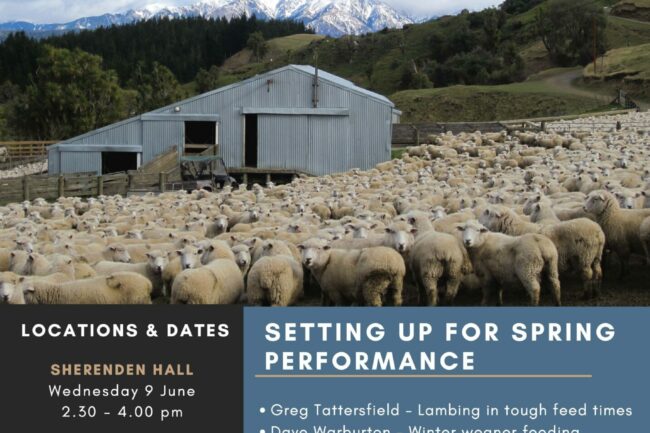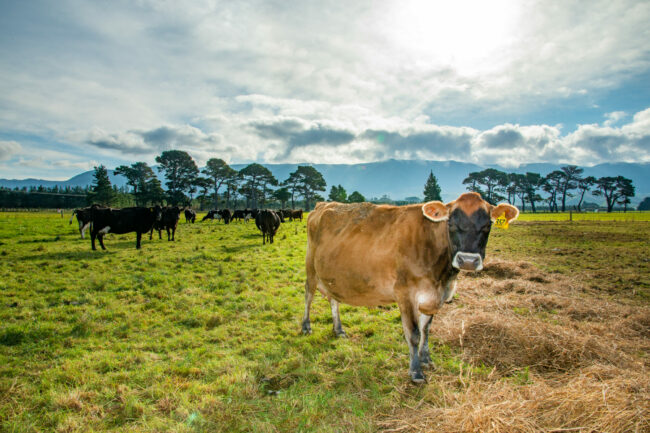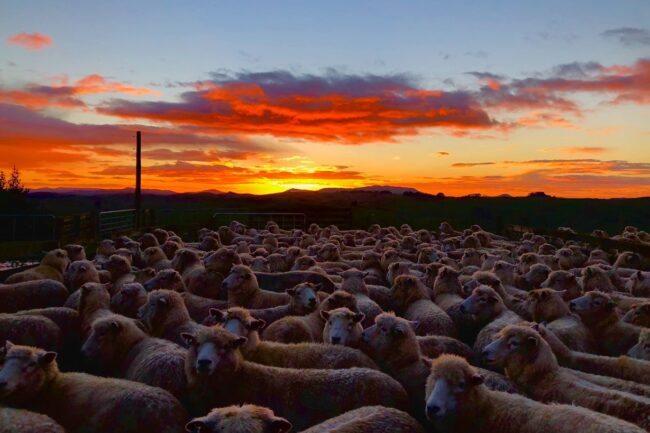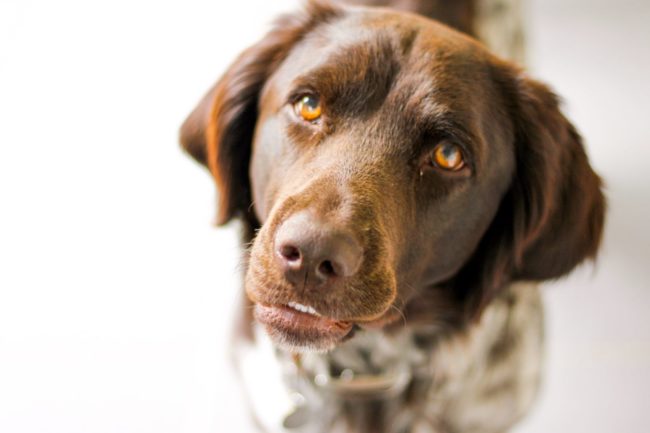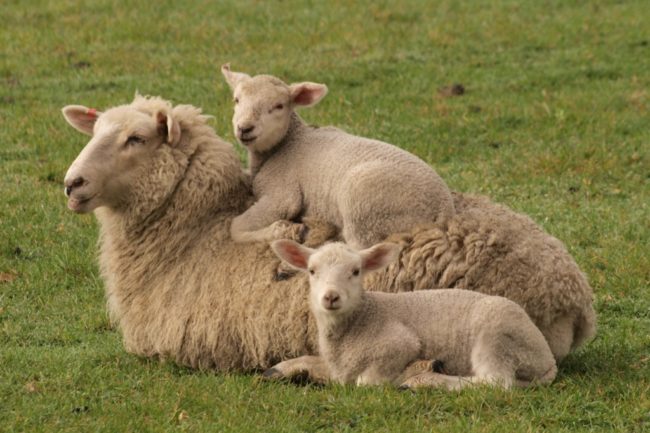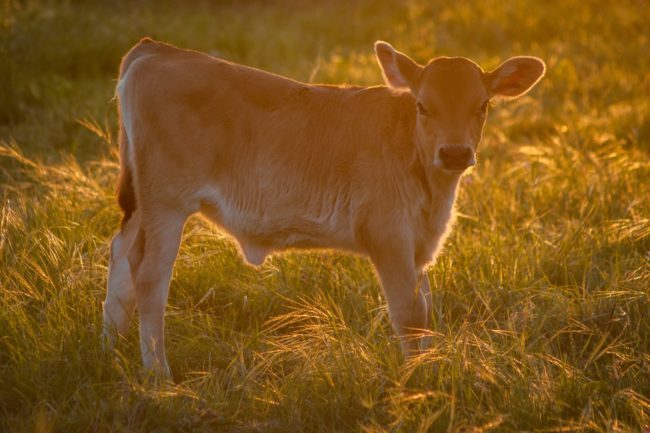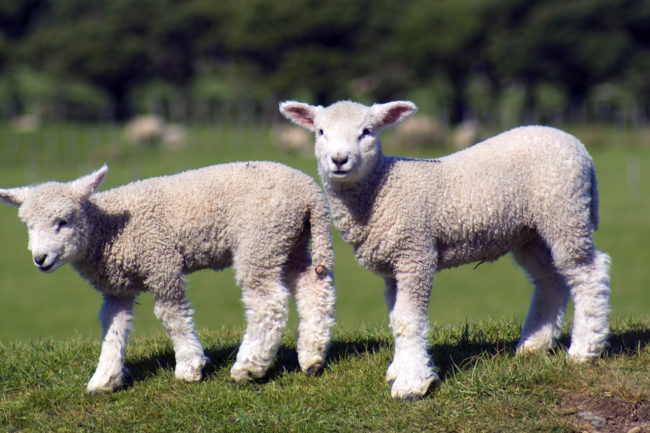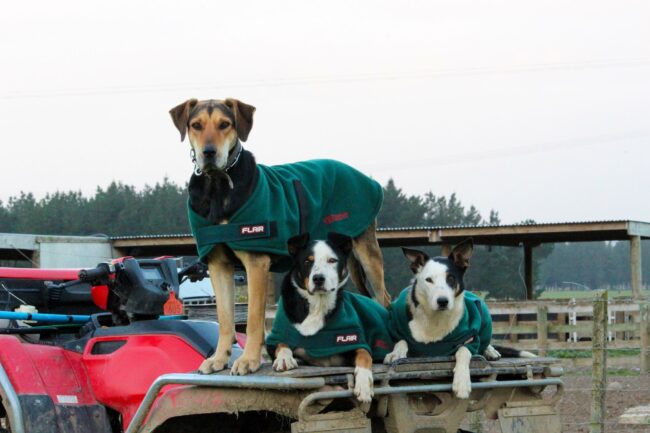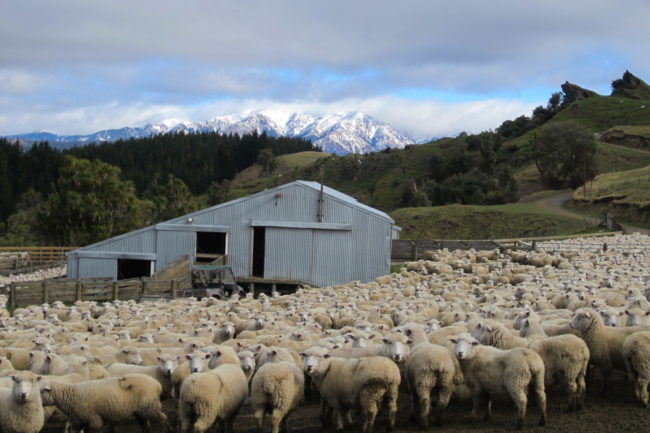Winter Feeding Seminar & BBQ
We are hosting a series of seminars around the topic of winter feeding and setting your farm up for spring performance. Our vets will talk about lambing in tough feed times, winter feeding of cattle, and some of the winter animal health issues to watch out for. The seminar will be followed by a free BBQ &…
Details


